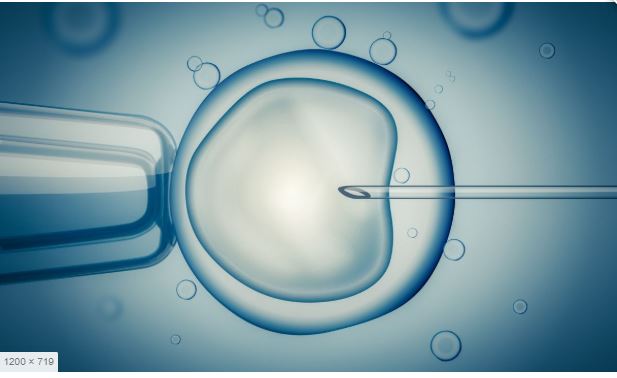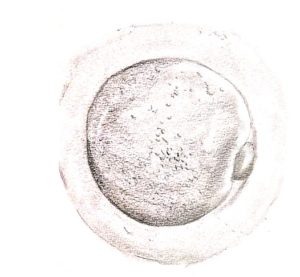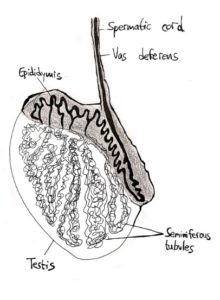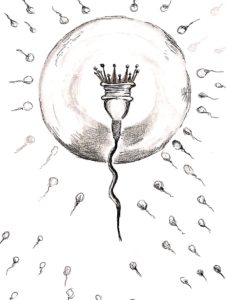Protocol for Freezing Single Sperm
- Collect all the individual sperm that you have found into a 2µl drop of Sperm Washing Medium or Hepes that is in an ICSI dish or the dish used for the search.
- When you have finished collecting all the individual sperm that you want to freeze, prepare a mixture of 100 µl of Sperm Washing with 100 µl of Sperm Freezing Medium that does NOT contain egg yolk.
- On the device prepare between 1 and 3 drops of the mixture (according to how many you need) with a volume of 0.5-1 µl.
- Using the micromanipulator move the individual sperm from the original dish into the drops on the device.
- Insert the device into the tube that has the patient details written on it.
- Put the tube into liquid nitrogen vapour.
- Freeze the tube according to normal protocol.
Protocol for Defrosting
- Take the tube out of the freezer.
- Remove the device from the tube as fast as possible.
- Cover the drops on the device with oil that has been pre-heated to 37C. (before the device has been defrosted)
- Move the device to the micromanipulator and collect the individual sperm.
- Put the sperm into a 2µl of Sperm Washing medium that has been put in an ICSI dish.
- Inject the sperm into the egg as per normal protocol.





